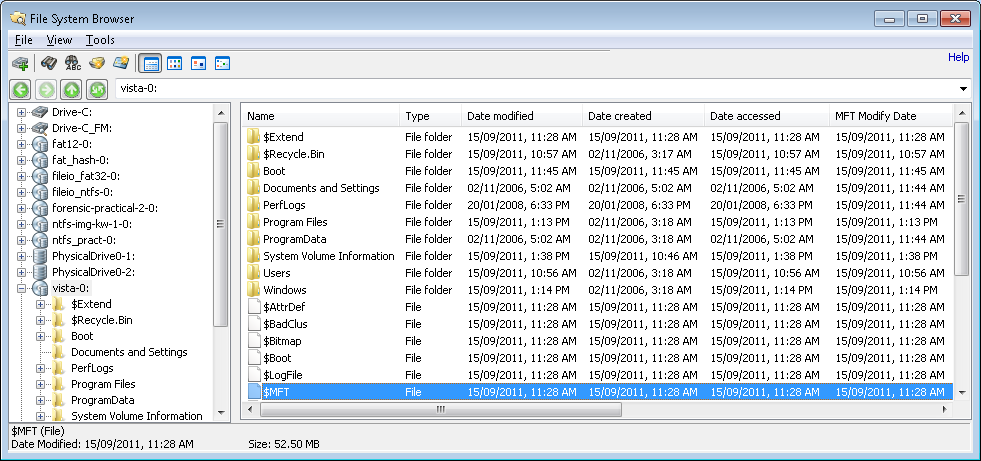

But to really leverage permissions, you need to learn the Unix-based symbolic and octal permission notations, which are hidden beneath the macOS graphical user interface. You’ll learn how to modify permissions using the Info window in the next section. Read, write, and execute permissions overlap to create seven octal permission notations. You can mix and match any of the types to grant seven levels of access, as illustrated below. Permissions control three types of access: reading, writing, and executing.

File Permissions Crash CourseĮvery file and folder on your Mac has a configurable set of permissions. Use trial and error to find an adequate level of security that everyone can live with. And if you give users too much power, you risk privilege escalation or worse. Users who are too restricted won’t be able to perform basic tasks. Of course, it can be difficult to strike a balance between convenience and security when using permissions.

Whether you use your Mac in public places or share it with other users, you may want to change the permissions on your documents to ensure the confidentiality and integrity of your data. Utilizing this security control can help protect your data from unauthorized access. Your Mac uses permissions to restrict access to applications, files, and folders. (FYI: There's an open ticket for this "security vulnerability", but no one seems to have done anything about it since it was reported JAN-2010.AirPort Apple Apps Backups Developer Education Email Hardware Internet iPad iPhone Mac Music Network Photos Security TV Weekend Wonk If the solution above still fails on your system, an alternative is to set the setuid bit for dumpcap (which lets dumpcap run effectively as the owner of the file, which is root in this case): $ sudo chmod 4711 `which dumpcap` Or simply (if you're already at the login shell): $ exit Ubuntu Desktop: $ gnome-session-quit -logout -no-prompt Instead of rebooting, you can logout with this command: These commands work for me with Wireshark 1.6.2 on Ubuntu Server 11.10 (64-bit): $ sudo apt-get install wireshark The dpkg-reconfigure command creates the wireshark group (so you don't need to), but then you need to add your user to the group, and re-login. EDIT: The instructions from README.Debian actually do work (except it's missing the step that tells you to log out and then back in).


 0 kommentar(er)
0 kommentar(er)
